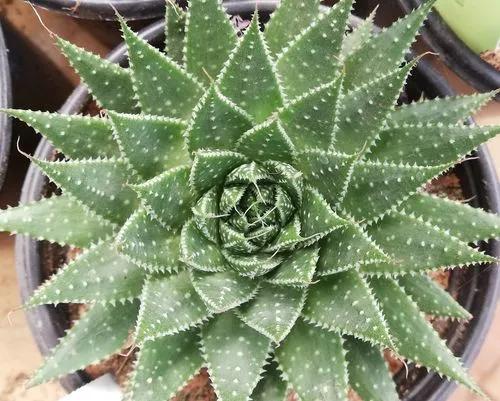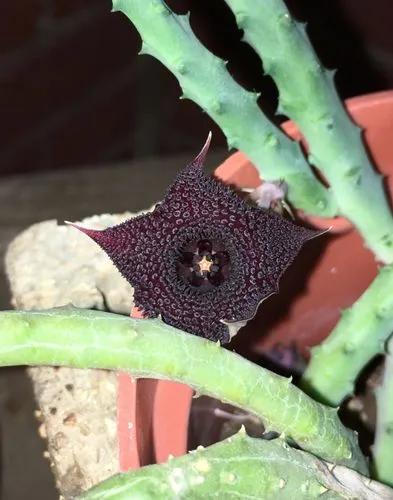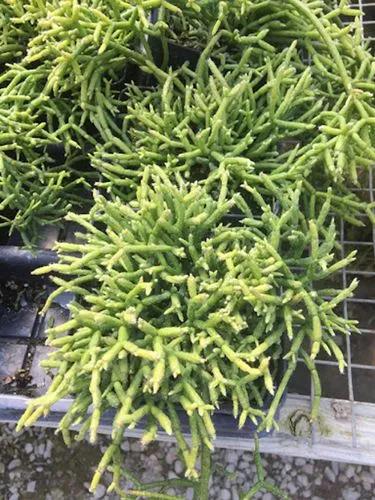Pussy Ears is a creeping perennial succulent plant that can grow not only in pots but also in various terrariums. The plant belongs to the species Commelinaceae, which was first described in 1891 and originated from the northern part of Somalia. Interestingly, Cyanotis somaliensis has a certain relationship with Cyanotis kewensis, as both grow in similar climates and conditions.
Pussy Ears Care
Cyanotis somaliensis



Pussy Ears can be easily identified by its long and narrow leaves, which have a green-olive color and are covered all over with white hairs that create an interesting texture.
The succulent is not large, and its fleshy stems grow up to 12 cm (4.8 in) tall and up to 50 cm (20 in) wide. The flowers are small, have a delicate purple color, appear in summer, and are light-sensitive. The petals are fluffy, triangular in shape, soft to the touch, and open only for a few hours in the morning.
How to Care for the Plant

Water

Water after the top layer of soil dries out, but avoid overwatering, as the plant's roots may begin to rot.

Pruning

From time to time, carefully remove excess tips and also cut old stems that start to grow unevenly.

Fertilizer

In spring and summer, use a universal fertilizer for indoor plants according to the instructions on the package.

Sunlight

Provide bright to medium sunlight by placing Pussy Ears opposite a sunny window.

Soil

Use a well-drained potting mix for cacti or succulents.

Propagation

At the beginning of the growing season, use a disinfected blade to cut off a healthy stem, then remove excess leaves and plant in well-drained, slightly moist soil.

Temperature

Although the plant is tolerant of a variety of climates, the best temperature for it is 64-86˚F (18-30°C).

Container

Any type of container with one or more drainage holes is suitable.

Fun fact

Interestingly, cyanotis somaliensis is called "Pussy Ears" and "Kitten Ears", due to the furry texture that resembles the ears of a cat.

Popularity

88 people already have this plant 26 people have added this plant to their wishlists
Discover more plants with the list below
Popular articles






